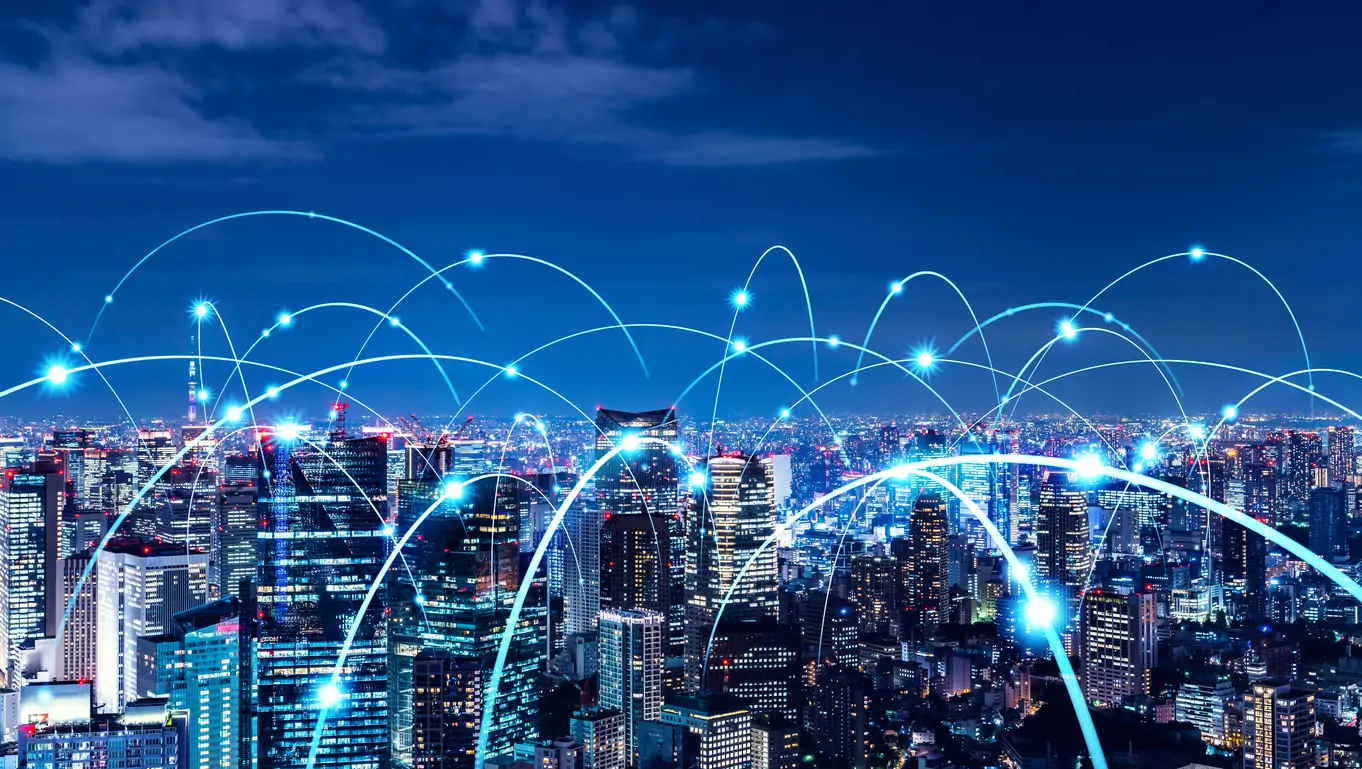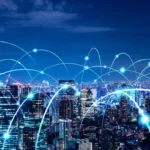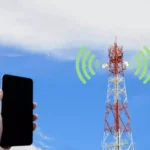Ever noticed those tall metal towers tucked behind buildings or standing alone in open fields, sometimes disguised as trees? Or perhaps the small boxes mounted on streetlights or utility poles in your neighborhood? That’s wireless telecommunications infrastructure — the invisible backbone of our hyper-connected world.
What Is Wireless Telecommunications Infrastructure?
Wireless telecommunications infrastructure refers to the physical systems that enable wireless communication. These include:
-
Cell Towers (Macro Towers): These are the most visible elements, often rising hundreds of feet into the air. They hold antennas and transmitters that communicate with your mobile phone and other wireless devices.
-
Small Cells: Smaller, lower-power nodes placed in urban areas to enhance coverage and capacity, especially with 5G technology.
-
Distributed Antenna Systems (DAS): Used inside large buildings or stadiums, these systems distribute cellular signals through a network of smaller antennas.
-
Fiber Optic Backhaul: Though not wireless itself, fiber is crucial — it connects cell sites to the internet and other network components.
Why Does It Matter?
Every time you make a call, stream a video, or send a message, you’re relying on this infrastructure. As demand for data skyrockets — driven by smartphones, smart homes, and IoT devices — our networks need to be faster, more reliable, and cover more ground. That’s where next-gen infrastructure like 5G small cells comes in.
Challenges & Controversies
Building wireless infrastructure isn’t without challenges. Communities often raise concerns about aesthetics, health impacts (though studies show no conclusive risks from low-level radiofrequency exposure), and zoning issues. There’s also a digital divide — many rural areas lack sufficient infrastructure for fast, reliable wireless access.
The Future: Smarter, Faster, Closer
Wireless infrastructure is rapidly evolving. 5G is pushing antennas closer to users for higher speeds and lower latency. Future networks will likely rely even more on AI to optimize traffic, and possibly use satellite-based wireless solutions to reach the hardest-to-serve areas.
Final Thoughts
Wireless telecommunications infrastructure might not be glamorous, but it’s essential. As we move into an increasingly digital future, understanding and supporting the development of this hidden framework will be key to staying connected, competitive, and informed.
Next time you pass a tower or a streetlamp with a strange little box, you’ll know — that’s what’s keeping your world wirelessly linked.





